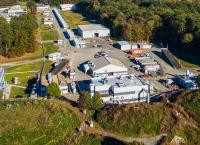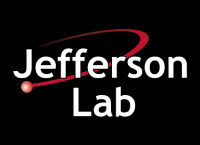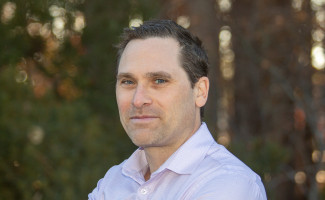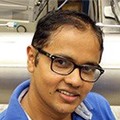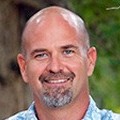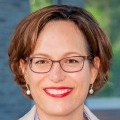Visitors Program
The US Electron Ion Collider (EIC) has received the endorsement of the National Academy of Sciences committee last year – an important milestone along the path to realizing an EIC in the US. With this in mind, the Jefferson Lab EIC Center (EIC2, see www.eiccenter.org) established a Visitors-Program for summer 2019 to help begin to investigate, more quantitatively than previously, various aspects of the EIC. This Program will occur under the auspices of Jefferson Lab’s EIC Center; proposals for projects can be EIC site independent. Efforts have been underway to simulate science opportunities and detector performance within a generic EIC software umbrella, and similarly collaborative efforts are ongoing related to accelerator and detector R&D.
The envisioned visits to Jefferson Lab would take place between now and mid-September and would be 1 to 2 weeks duration with travel expenses including hotel and airfare covered by the laboratory. The visitors will be chosen by the EIC2 Director and Co-Directors based on a written proposal that outlines:
- Proposed project to be accomplished during the visit.
- The deliverable for the project.
- Collaborators and/or resources required while at Jefferson Lab.
- Preferred dates for the visit.
The possible projects to be proposed include (but are not limited to)
- Physics studies related to the EIC
- Detector studies related to the EIC
- Accelerator studies related to the EIC
- Aspects of EIC considered as pre-project planning
Examples of project deliverables can be a plot with EIC-projected conceptual data illustrating EIC energy, polarization, luminosity or versatility needs; a detector conceptualization including possible channel count and requirements; conceptualization towards polarization, luminosity and background measurements at an EIC; conceptualization of accelerator elements for diagnostics and beam transport and manipulation; and other such examples. We request the project deliverable, in the form of a one-to-two page document, to be submitted latest the last day of the visit.
If interested, please send a written proposal containing points 1 to 4 above in no more than two pages, to Douglas Higinbotham <doug@jlab.org>.
We are currently open to receive proposals and will continue to be so contingent upon funding availability.


